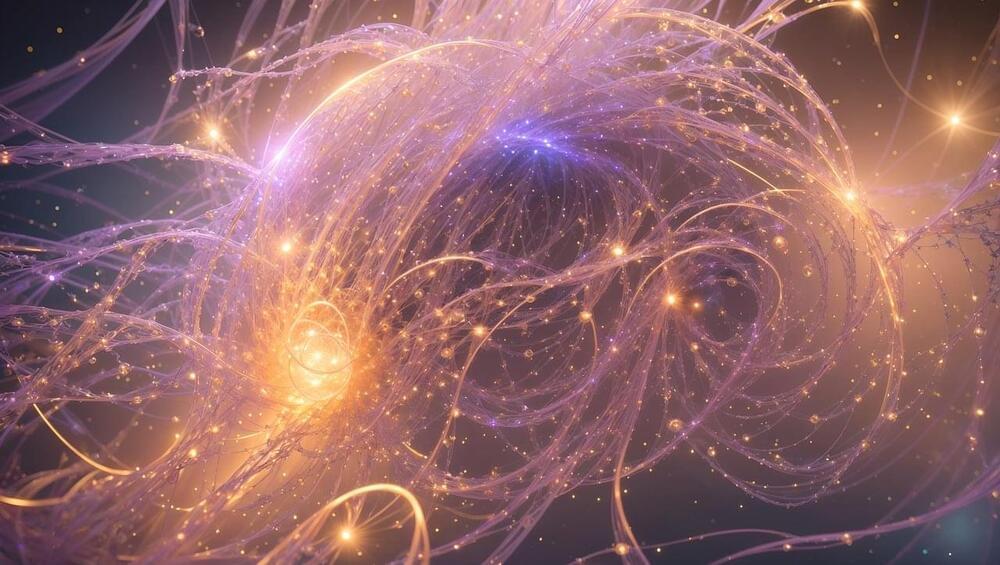The immune system helps fight off disease and allows our bodies to maintain a state of healthy function, known as homeostasis. In this regard, the immune system is made of two distinct responses that act in concert with one another to provide a synergistic and complimentary response against invading pathogens. The first response is the innate immune response, which recognizes infections through various intercellular pathways. The cells then alert or communicate danger to surrounding cells generating a cascade effect. The innate immune system is known to be immediate and less specific than its counterpart the adaptive immune response.
In the second stage of immunity, the adaptive immune response attacks foreign pathogens with more specificity and rigor. The adaptive immune system is slow compared to the innate, however, once an infection infiltrates the immune system then immune memory toward that pathogen will develop. This immune memory will reduce the response time of the adaptive immune system and quickly get rid of the infection the second time. This is the concept behind vaccines. Through pre-exposure of a disease, the body can build up an immunity towards it and provide adequate response next time it encounters the disease. The two immune responses are inter-related and work together to create a strong, well-conducted barrier against invaders.
The immune system communicates in various ways to trigger a complete response. Cells release proteins or cytokines to send messages to one another to signal an attack on the immune system. Cytokines help to control an immune response including inflammation. However, researchers have previously discovered that too much release of cytokines can cause toxicity. This can occur during a severe infection when cells are trying to overcompensate and lyse the disease. As a result, abundant cytokines flood the infected area and generate cytokine release syndrome (CRS) or a “cytokine storm”. During the COVID-19 pandemic, CRS was a major point of concern as individuals were developing CRS toxicity in addition to the COVID-19 virus. Inflammatory cytokines, such as interleukin-6 (IL-6), are major components responsible for CRS. Therefore, many different treatments have been used to target these cytokines to avoid secondary infection.
